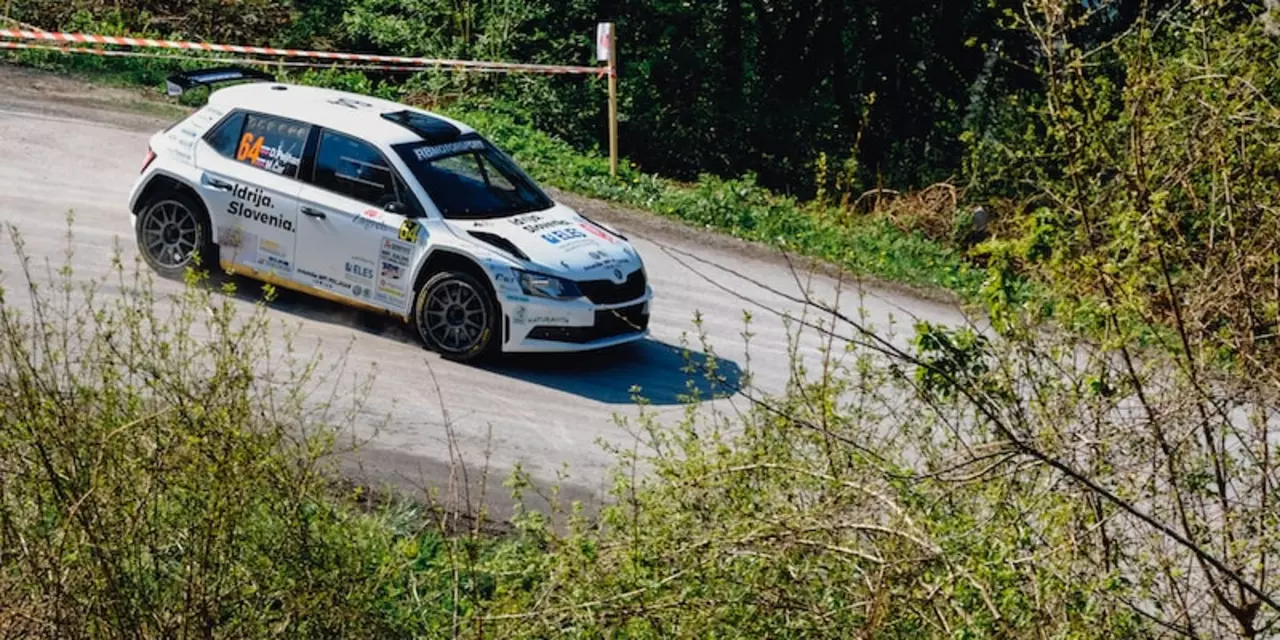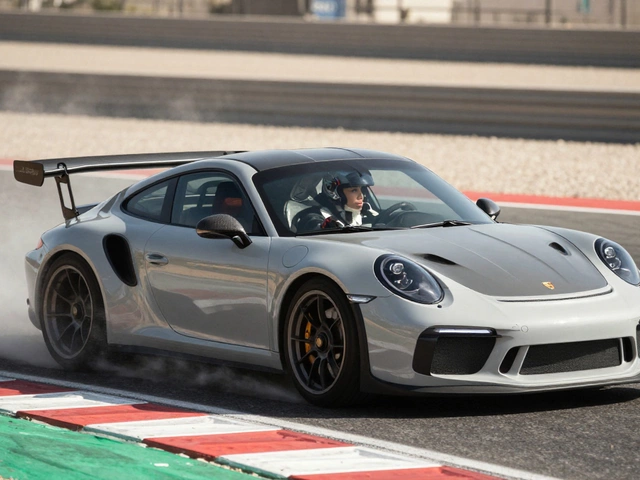Rally Racing: What It Is and How to Get Started
Rally racing is a mix of speed, skill, and a lot of dirt. Unlike circuit racing, you race on public roads, forest tracks or desert trails, trying to beat the clock rather than a pack of cars side‑by‑side. The clock starts when you roll out of the start line and stops when you cross the finish. Your co‑driver reads pace notes, you listen, and you fight the terrain.
If you’ve never been to a rally, picture a driver hugging a gravel bend, flicking the handbrake to swing the rear, then shifting gears with a quick push‑pull on the gear stick. That’s the thrill – you’re in control of a powerful machine while the road decides how hard it will be.
Essential Gear and Car Set‑up
The first thing you need is a car that can handle loose surfaces. Many beginners start with a Subaru WRX or a Volkswagen Golf R because they already have all‑wheel drive and a turbo that gives plenty of torque. You’ll want to add a few rally‑ready upgrades: a stronger roll cage, racing seats with harnesses, a short‑throw shifter, and a reliable handbrake lever. The handbrake is a separate stick that lets you lock the rear wheels on demand – perfect for tight hairpins.
Don’t forget the two sticks every rally driver uses: the gear stick for rapid shifts and the handbrake lever for those slide‑initiation tricks. Keeping both within easy reach lets you react in a second, which can be the difference between a clean corner and a spin.
Safety gear is non‑negotiable. A full‑face helmet, fire‑resistant suit, and gloves protect you when the inevitable off‑road tumble happens. Even if you’re just testing a course, wear the gear – it’s cheap insurance.
Driving Techniques Every Rallyer Should Know
Most new drivers rely heavily on their navigator at first. Over time, you’ll memorize key sections and start to anticipate turns before the pace notes even mention them. That memory game is what separates a seasoned rally driver from a rookie.
Master the handbrake turn: pull the lever, steer opposite the corner, and let the rear swing around. Use it sparingly; over‑using the handbrake wears out the brake pads and can unsettle the car. Combine it with a quick up‑shift to keep the engine in its sweet spot.
Another tip is trail braking – braking while entering a corner to shift weight forward, then easing off as you turn. It helps the front tires grip better on loose surfaces.
Group B cars in the 1980s showed what happens when power outruns safety. Those monsters were banned after a series of fatal crashes, forcing the FIA to tighten regulations. The lesson? Power is fun, but balance and control keep you on the road.
If you’re outside Europe, look for local clubs. In India, for example, you need a valid driver’s licence, a car that meets safety specs, and a club that organizes events. Join a rally club, get your car inspected, and start with a regional event before tackling a national championship.
Finally, keep learning. Watch videos of top drivers, read forums about car setups, and test different tyre compounds. Gravel, snow, and tarmac each demand a unique approach.
Rally racing isn’t just about speed; it’s about reading the road, trusting your co‑driver, and mastering a handful of simple tools. Grab a car, get the gear, and hit the stage – the adventure starts the moment you hear the first “Go!”.

Why isn't Rally Racing big in the US?
Rally racing is a popular motorsport in many countries, but it has yet to gain traction in the United States. This article explores some of the reasons why rally racing isn't as big in the US as it is elsewhere. These include a lack of organized events, the cost and difficulty of finding a car suitable for rally racing, and the relatively low public awareness of the sport. Additionally, the American motorsport infrastructure does not support the sport, making it difficult for rally racers to get the necessary permits and insurance. Despite this, rally racing is growing in popularity in the US, and the future of the sport looks bright.
read more
